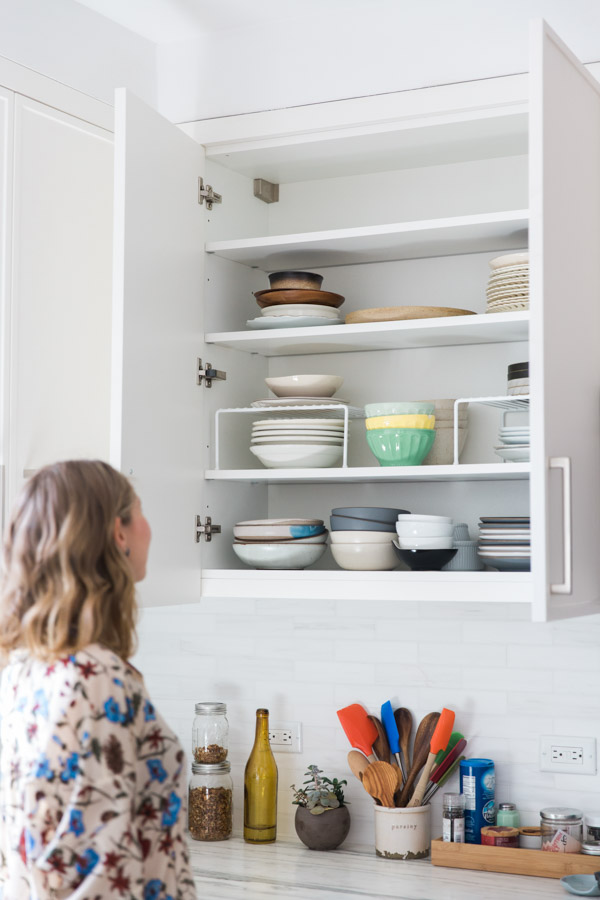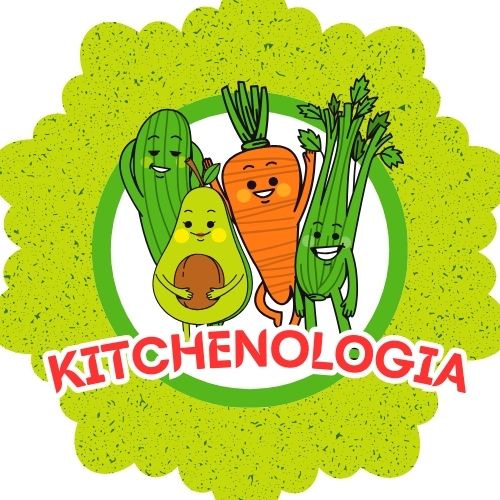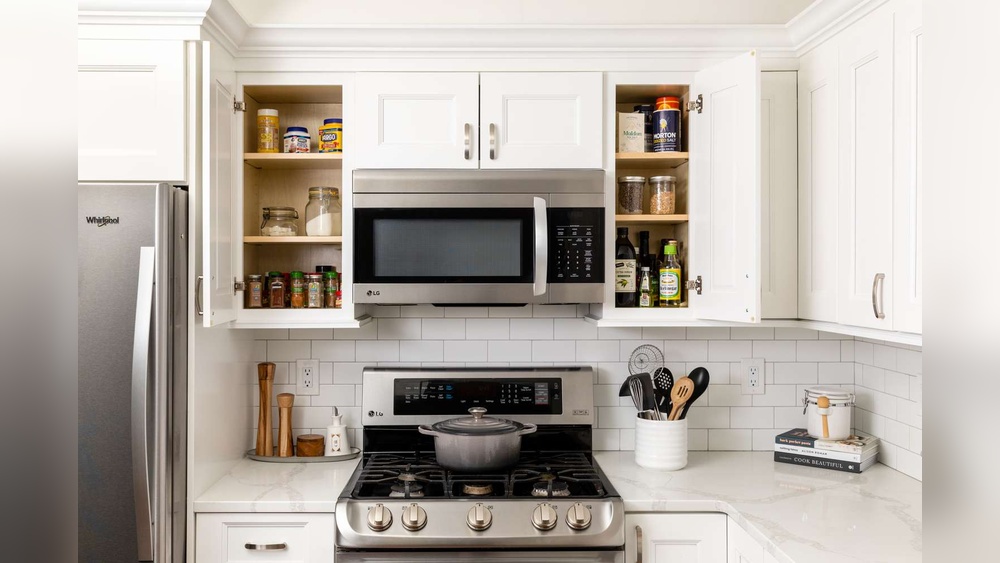Is your kitchen cabinet a cluttered mess that makes cooking more stressful than it should be? You’re not alone—and the good news is, organizing your kitchen cabinets doesn’t have to be overwhelming.
Imagine opening your cabinets and instantly finding what you need without digging through piles of mismatched items. By creating smart zones, storing frequently used items within easy reach, and using simple tricks to maximize space, you can transform your kitchen into a smooth, efficient workspace.
Ready to discover easy, practical steps that will save you time and frustration every day? Keep reading, and let’s get your kitchen cabinets perfectly organized!
Create Zones By Task
Organize your kitchen cabinets by making zones for different tasks. Keep the cooking zone near the stove. Store pots, pans, and cooking tools here for quick use.
The cleaning zone should be close to the sink. Place plates, bowls, and glasses near the dishwasher. This makes unloading easier and faster.
Set the food prep zone by the counter. Keep cutting boards, knives, and mixing bowls here. It helps with smooth and quick meal preparation.
| Zone | Location | Items to Store |
|---|---|---|
| Cooking Zone | Near Stove | Pots, pans, cooking utensils |
| Cleaning Zone | By Sink/Dishwasher | Plates, bowls, glasses |
| Food Prep Zone | By Counter | Cutting boards, knives, mixing bowls |

Arrange By Frequency
Daily use items like plates, cups, and utensils should be placed at the front of cabinets. This makes them easy to grab quickly. Keep these items within arm’s reach to save time during meals.
Occasional use items such as seasonal dishes or large pots can go on higher shelves. These shelves are harder to reach but perfect for things used less often. This arrangement keeps your daily essentials accessible and clutter-free.
Organize cabinets so the most used items are in the easiest spots. Items used less often can be stored where they do not get in the way. This simple method helps maintain a neat and efficient kitchen space.
Store By Item Type
Heavy items like pots, pans, and large appliances belong in lower cabinets. This keeps them safe and easy to lift without straining. Store these items close to the stove to save time while cooking.
Light items such as plates, glasses, and small bowls fit best in upper cabinets. These are easier to reach and reduce the risk of dropping. Place them near the dishwasher for quick unloading.
Appliances should be placed by how often you use them. Keep daily-use appliances like toasters or coffee makers on the counter or in easy-to-reach cabinets. Store rarely used appliances in higher or deeper cabinets to save space.
Maximize Vertical Space
Shelf risers help create extra levels inside cabinets. They make use of the vertical space. Place small items on top and larger items below. This keeps things visible and easy to reach.
Vertical dividers separate baking sheets, trays, and cutting boards. They keep these items standing up, not stacked. This saves space and avoids clutter.
Cabinet doors are great for extra storage. Use hooks or racks on the inside. Store lids, measuring cups, or spices here. It frees up shelf space and keeps items handy.
Declutter Before Organizing
Start by removing everything from your kitchen cabinets. Sort items into three groups: keep, donate, and trash. Only keep items you use often and are in good shape. This makes more space and easier to organize later.
Check each item carefully. Old, broken, or expired products should be thrown away. Donate things you no longer need but are still useful. This step clears clutter and creates room for important items.
Cleaning the empty cabinets is a good idea. Wipe shelves and corners to remove dust and spills. A clean space helps keep your kitchen fresh and tidy.
:strip_icc()/kitchen-pantry-snacks-c2bb5c24-7b13dec53fc446c8ad1ae36763639f30.jpg)
Group Similar Items
Organize baking supplies like flour, sugar, and baking powder together. Use clear containers to see contents easily. Keep measuring cups and spoons nearby for quick use. This helps save time and reduces mess.
Canned goods should be stored in one spot. Arrange them by type or expiration date. Use a tiered shelf or lazy Susan to access cans easily. Grouping these items prevents clutter and makes cooking faster.
Use Clear Containers
Using clear containers helps you see what is inside quickly. This saves time and reduces mess. Label containers with simple words like “rice,” “sugar,” or “snacks” for easy access. Labels keep everything in order and avoid confusion.
Stack similar items only. For example, put all cans together or all baking ingredients in one spot. This keeps your cabinets neat and makes it easier to find things. Avoid mixing different types of items in the same stack.

Frequently Asked Questions
How Do You Decide Where To Put Things In Kitchen Cabinets?
Organize kitchen cabinets by creating zones based on tasks. Store daily items within easy reach. Place heavy or rare items lower. Group similar items together near their usage spots, like plates by the dishwasher and pots near the stove. Use cabinet doors for extra storage.
How Are Kitchen Cabinets Supposed To Be Organized?
Organize kitchen cabinets by zones: cooking items near the stove, dishes near the dishwasher, and prep tools near counters. Store daily-use items at eye level and heavy or rare items lower. Group similar items together and use vertical storage or cabinet doors to maximize space.
What Kitchen Cabinet Color Is Outdated?
Outdated kitchen cabinet colors include avocado green, harvest gold, and mustard yellow. Dark wood stains from the 90s also look old-fashioned. Bright neon shades and overly glossy finishes have fallen out of favor. Neutral tones and soft pastels currently appeal more to modern kitchen designs.
How Do I Organize My Kitchen Like A Pro?
Create kitchen zones by task and frequency. Store daily items within easy reach. Group similar items together. Use lower cabinets for heavy or rarely used items. Place plates near the dishwasher and pots near the stove. Maximize space with shelf risers and door racks.
Conclusion
Organizing kitchen cabinets makes cooking and cleaning easier. Group items by use and frequency for quick access. Keep daily items within easy reach. Store heavy or rarely used items lower or further back. Create zones near where tasks happen, like cooking or cleaning.
Simple steps lead to a neat and functional kitchen. A well-organized kitchen saves time and reduces stress. Try these tips to enjoy a more pleasant cooking space.

Yes, working as , Food Blogger and Product Reviewer for last 6 years. Here you will get amazing deals for Smart kitchen products. I am your best source for the latest update in cooking trends. I provide insightful articles, reviews, and analysis on cutting-edge kitchen gadget. My mission is to empower readers with the knowledge they need to stay ahead in a rapidly evolving coking world. Join me as we explore the future of food technology and how it shapes our lives today and tomorrow.





